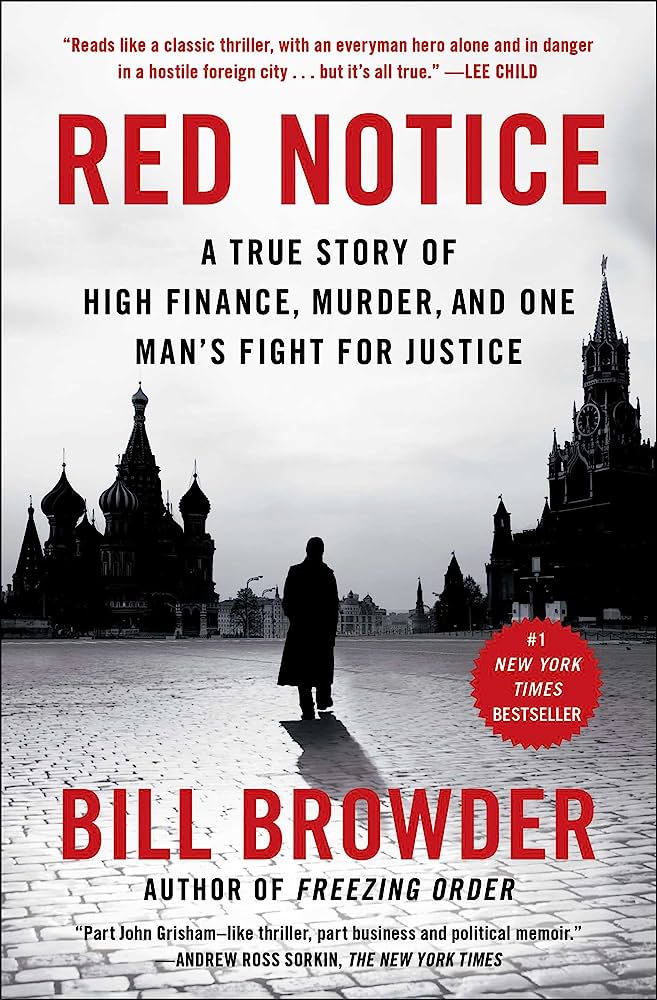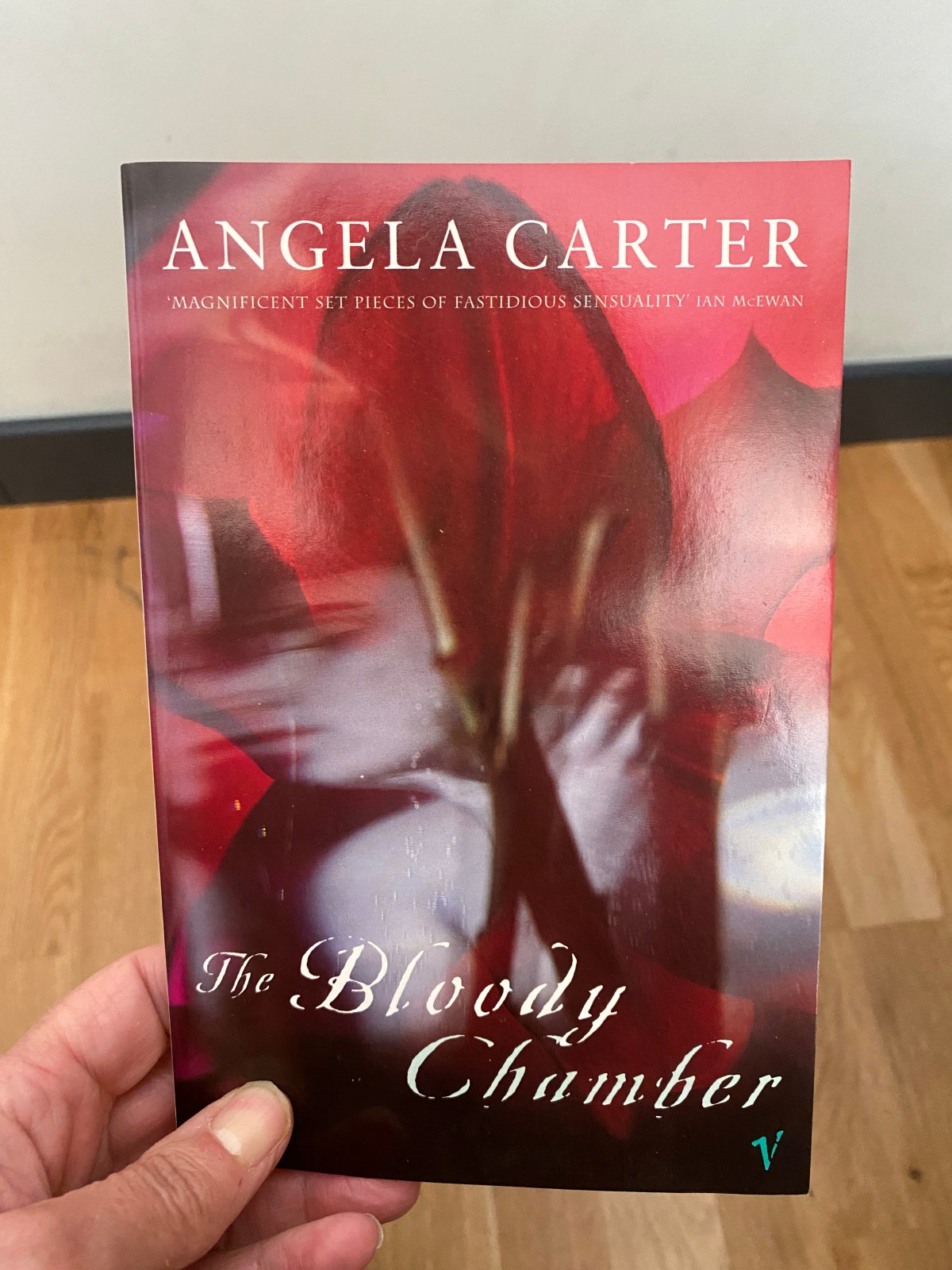For my final #KeepKidsReading book review I would love to share with you a really wonderful book by a debut author, published by Usborne, who also happens to be local to me – Manchester based. Kimberly Whittam is a school teacher who has written a book for and about quieter shy children:
“Children who don’t raise their hand in class even though they know the answer, who don’t join in class discussion even though they’ve got something to say and children who are so, so talented and want to try out for the school play or join the school sports team and who are just too afraid to join in.”
Kimberly Whittam https://youtu.be/I8gtYq9zXu8
Many of us will recognise this child – that was me and it has at times been my own children, and certainly many children I know. Everyone is encouraged now to be loud and proud, to speak their truth and not be afraid of offending anyone, nor crave to be liked. But too often the people who say this have no idea how agonisingly difficult that can be. They were not “that” child.
Storm Williams is twelve years old and in year seven at Daisy Mill Academy. She likes to keep a low profile and has clearly found settling in very challenging. Her best friend from primary school, Zarrish, was placed in a different form, leaving Storm feeling bereft, and she lives for the lessons where forms are mixed, such as PE, and they can be together. To make matters worse, Storm’s elder brother Isaiah is in year eleven and is an outgoing high-achiever, Head Boy and heavily involved in extra-curricular activity. All the teachers refer to Storm at “Isaiah’s little sister”; she has a lot to live up to. At the start of the book, Storm’s family faces a domestic drama – kitchen renovations lead to a burst pipe which makes their house uninhabitable – and the family has to move in with Storm’s grandma.
It is during one of the PE lessons that Storm finds she has a previously undiscovered talent that she enjoys. The group begins athletics lessons and Storm finds that she is a very fast sprinter. The PE teacher encourages her to attend athletics practice and tells her he wants her to participate in an inter-school competition. The thought of going alone makes Storm feel queasy, but she decides that she will do it if her friend Zarrish comes along too. At first Zarrish says she will, but lets her friend down. Zarrish has become increasingly involved with a new girl at school, Melissa, who she was initially asked to ‘buddy’. But Melissa is sullen, manipulative and difficult and it soon becomes clear that she is pulling Zarrish away from Storm, persuading her into rule-breaking at school and deceitful and unkind behaviour.
Storm finds herself in turmoil; lacking the confidence to participate in athletics without her friend’s support, but also finding for the first time that she excels at something and enjoys it, makes her reassess all of her assumptions about school life up to that point.
Storm does find her voice and her niche and the difficult challenges she faces turn out to be a true turning point for her. She faces them with courage and with the support of her family and finds the strength of character to turn her back on what she knows to be wrong (treating people badly) and embracing doing what she loves, finding out a lot about herself along the way.
Storm is a lovely character and the situations she faces in this super book, the people around her at school, the teachers and the family situations (being mortified by her parents’ very public sense of fun!) will be familiar to lots of young people.
Highly recommended for 9-12 year olds, or even a little older.







